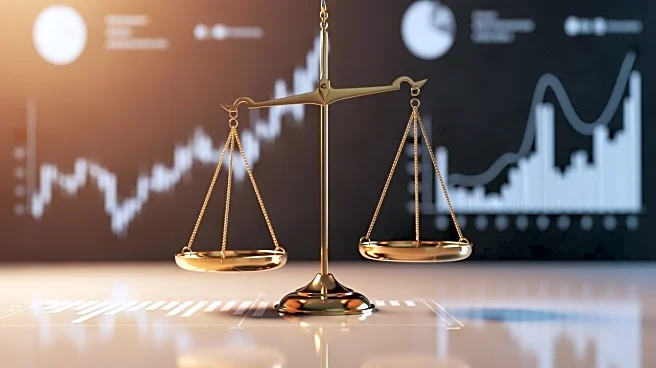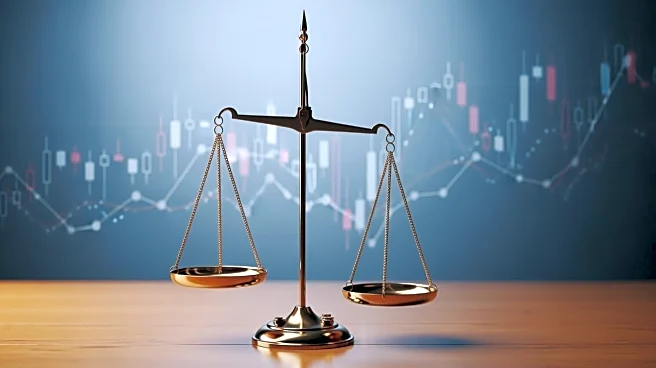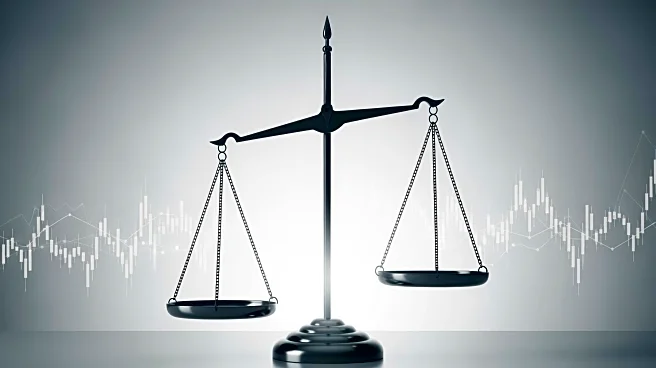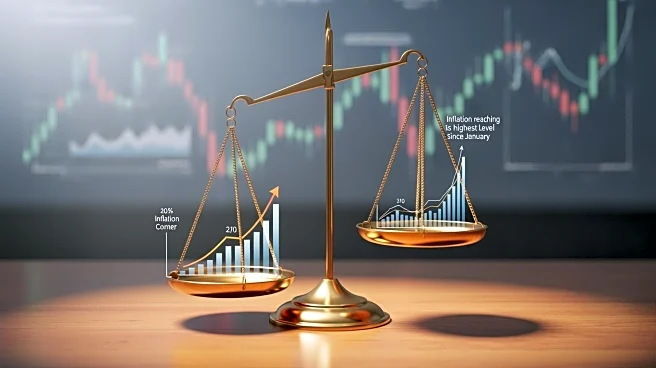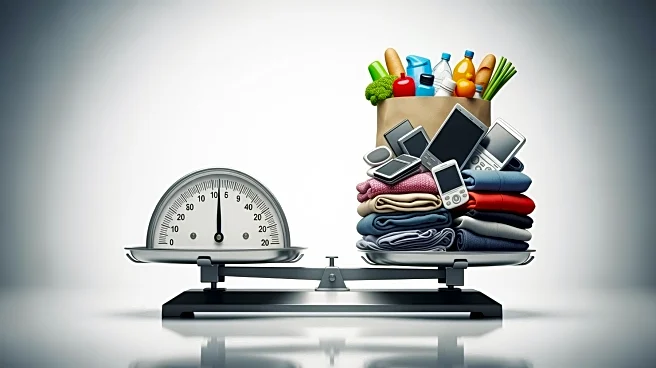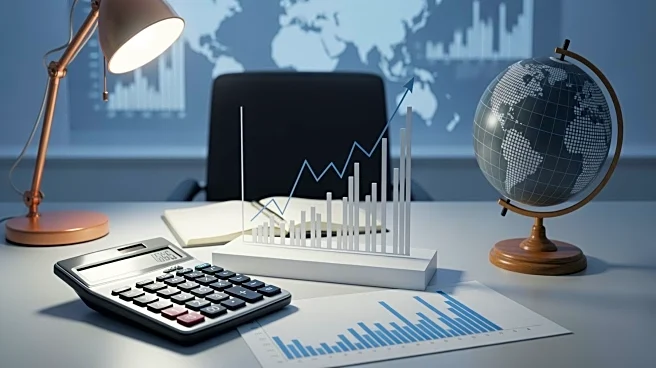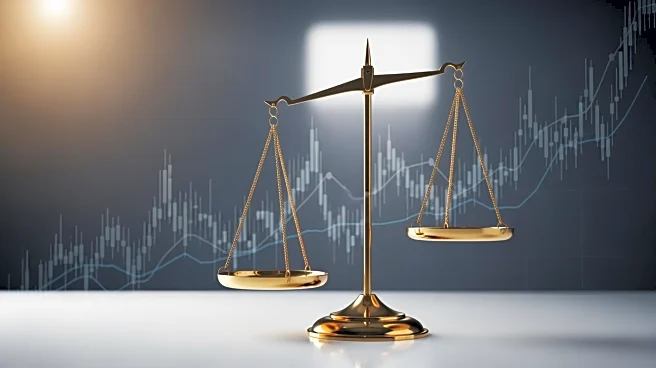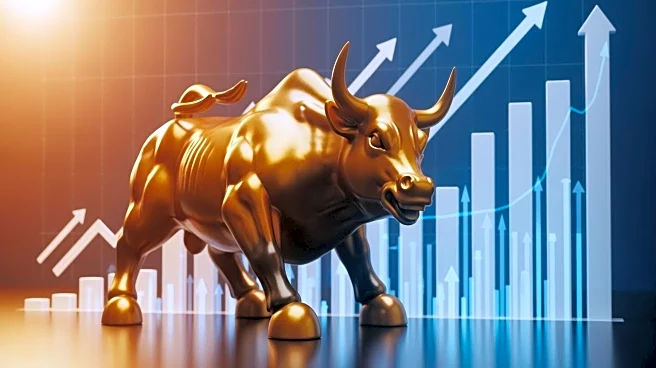What's Happening?
The U.S. inflation rate increased to 3% in September, marking the highest level recorded this year. This rise in inflation is a significant economic indicator, reflecting changes in consumer prices across various sectors. The increase is attributed to several
factors, including supply chain disruptions and increased demand for goods and services. The inflation rate is closely monitored by economists and policymakers as it influences monetary policy decisions and economic forecasts.
Why It's Important?
The rise in inflation has broad implications for the U.S. economy, affecting both consumers and businesses. Higher inflation can lead to increased costs for goods and services, impacting consumer purchasing power and potentially slowing economic growth. Businesses may face higher production costs, which could lead to price increases for consumers. Additionally, the Federal Reserve may consider adjusting interest rates to manage inflation, influencing borrowing costs and investment decisions. Stakeholders across various sectors will need to adapt to these economic changes.
What's Next?
Economists and policymakers will continue to monitor inflation trends to assess the need for potential interventions. The Federal Reserve may consider interest rate adjustments to curb inflationary pressures. Businesses and consumers will need to plan for potential cost increases and adjust their financial strategies accordingly. The ongoing analysis of inflation data will be crucial in shaping future economic policies and maintaining economic stability.
